Accessing the subconscious brain with neuro research
Forum Research taps directly into the subconscious intuitive brain by using neuroresearch techniques. We deliver crucial insights into the factors that determine the choices your customers make.
Thanks to insights from the scientific research of Nobel Prize winner Daniel Kahneman, we know that we make the vast majority of our choices intuitively (instinctively). This intuitive choice process takes place in our subconscious brain. Traditional market research primarily triggers our cognition (conscious thought) and does not extract information from the intuitive system. Neuroresearch by Forum Research does provide those insights, giving you access to the factors that really matter when it comes to the choices your customers make.

Neuro research, how does it work?
In neuro research, as mentioned above, it is important to access the subconscious intuitive brain. To this end, Forum Research uses techniques that find their origins in psychology: association research using images. Many studies have been published on the use of associations and images to access the subconscious brain. Well-known is the work of Gerald Zaltman, professor emeritus at Harvard Business School. Based on these insights, Forum Research has developed proprietary neuromarketing research methods for both quantitative and qualitative research. On the one hand, these methods seamlessly align with well-known marketing research practices, and, on the other, they make use of artificial intelligence.


Forum research neuro research
Our neuro research works based on images.
In online quantitative research, we present images on which we elicit open associations. This can be about a recently completed customer journey, about a brand or product in general, about housing and the living environment, about a communication message, etc. We analyze the open answers people give in real time using AI-based text analysis. With this, we extract emotions and the factors or aspects that lead to the creation of those emotions from open texts. We call this method implicit experience research.
In qualitative research, we present images in individual in-depth interviews (face-to-face or online), after which we use interview techniques (e.g., laddering) to penetrate deeper and deeper into customers' needs, drives, and beliefs. We call this needs and motivations research.


